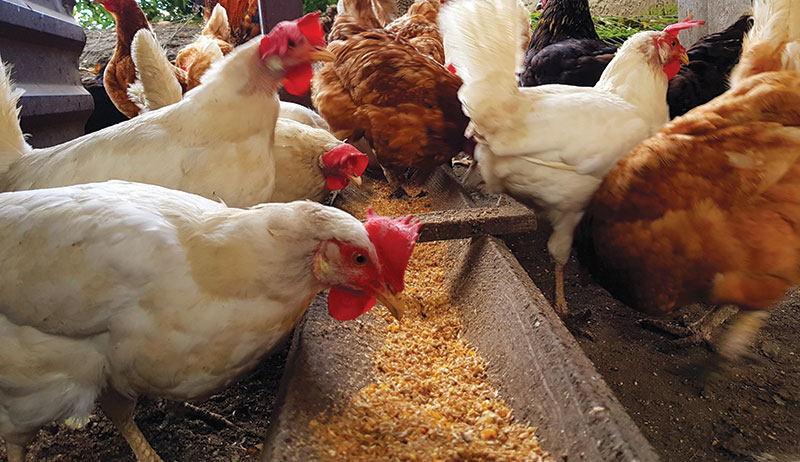When it comes to raising chickens, one of the most important aspects is ensuring they have access to high-quality feed at all times. Knowing how to store chicken feed outside effectively is crucial for maintaining its freshness and nutritional value. In this comprehensive guide, we will cover everything you need to know about storing chicken feed in an outdoor environment.

Why Proper Feed Storage Matters
Proper feed storage is not just about convenience; it directly impacts the health of your chickens. Poor storage can lead to mold, pests, and nutrient loss, which can severely affect your flock’s well-being. Understanding how to store chicken feed outside properly will ensure your chickens receive the nutrition they need to thrive.
Choosing the Right Containers
The first step in storing chicken feed outside is selecting the right containers. Opt for airtight, waterproof containers made from durable materials like plastic or metal. Avoid using containers that can easily be chewed through by pests or corroded by outdoor elements.
Location of Storage
Choosing the right location for your chicken feed storage is equally important. Place the containers in a shaded, cool area to prevent the feed from spoiling due to heat exposure. Elevated storage areas can also help keep pests at bay.
Protecting from Moisture
Moisture is the number one enemy of chicken feed stored outdoors. Make sure your containers are waterproof and are placed on a raised platform to avoid contact with the ground. Consider adding silica gel packets to the containers to absorb any excess moisture.

Deterring Pests
Pests like rodents and insects can quickly turn your chicken feed stash into a nightmare. Use containers with tight-fitting lids and consider placing traps or repellents around the storage area. Regularly inspect your storage site for signs of infestations.
Using Natural Repellents
Natural repellents like peppermint oil, cayenne pepper, and diatomaceous earth can be effective in keeping pests away. Sprinkle these substances around your storage area to deter unwanted visitors.
Regular Inspection and Rotation
Maintaining the integrity of your chicken feed requires regular inspection and rotation. Check for signs of mold, pests, or spoilage weekly. Rotate the feed to ensure older stock is used first, and replace any compromised feed immediately.

Further Tips for Effective Storage
Labeling Containers
Label your containers with the date the feed was purchased to keep track of its age. This will help you manage your stock more effectively and ensure your chickens are always eating fresh feed.
Bulk Buying Considerations
Buying feed in bulk can be cost-effective, but it also requires careful storage to maintain its quality. Ensure you have enough storage space and containers before purchasing large quantities of feed.
Safety Precautions
Keep feed storage areas clean and free of debris. Wear gloves when handling feed to avoid contamination, and always wash your hands afterwards. These simple steps can help maintain the quality of your feed and the health of your chickens.
Resources for New Chicken Owners
If you’re new to raising chickens, don’t worry! There are plenty of resources available to help you get started. Check out this guide for more information on chicken feed and best practices. Additionally, consider reading up on types of chicken breeds and their specific needs.
FAQs
How often should I check my feed storage?
It’s recommended to check your feed storage at least once a week. Regular inspections can help catch any issues like moisture, mold, or pests early on, ensuring your feed remains in good condition.
Can I store chicken feed in the garage?
What should I do if my feed gets wet?
If your chicken feed gets wet, it’s best to discard it. Wet feed can develop mold quickly, which is harmful to your chickens. Always ensure your storage containers are waterproof and placed in a dry area.
As an Amazon Associate, I earn from qualifying purchases.









